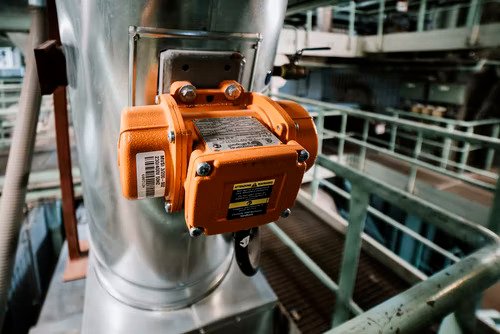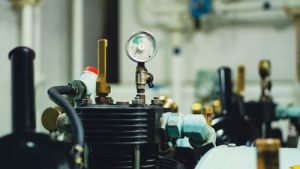Various Types of Reciprocating Compressor and Their Operations
The Operation of Reciprocating Compressors

Due to its versatility in pressure ratios and flow rates, the reciprocating compressor is employed in various applications. They can provide greater operational flexibility for various services. They merit special consideration since they are frequently among the most expensive and important systems within a manufacturing plant.
Industrial facilities might anticipate drastically varied lifespan costs and dependability from their installation due to several aspects, including but not limited to the integrity of the basic design, structure, sufficiency of maintenance methods, and operating considerations. In practically every industrial facility, many compressors and refrigerated compressed air dryer may be found.
Reciprocating Compressor Types
There are two types of reciprocating compressors, which differ in the number of discharge strokes they produce during crankshaft rotation.
Single–Acting compressor
One discharge occurs for every crankshaft rotation in this reciprocating compressor. The piston’s one end solely compresses the gas. It contains a single intake and spring-loaded exhaust valve.
Double–Acting Compressor
Every time the crankshaft turns, the reciprocating compressor completes two discharge strokes. Both of the piston’s ends compress the gas. It has both an input and an output valve. Double-acting heavy-duty compressors are the norm.

They come in two different types of reciprocating compressors depending on the driving system.
Separable compressors :
Since this kind of reciprocating compressor and its driver are independent of one another, the term “separable” is employed. An engine or an electric motor often drives a detachable compressor. In the compression train, a gearbox is frequently necessary. Typically, the operating speed ranges from 900 to 1,800 rpm.
Self-contained and installed on a skid are separable units. They are accessible in sizes suitable for field collection, both onshore and offshore, have a low initial cost, are simple to install, and can be relocated quickly to other locations. Separable compressors cost more to maintain than integrated compressors, though.
Integral compressors :
The word “integral” is used because the attached frame holds the compressor cylinders and the power cylinders. Integral units rotate at 200–600 rpm. When extended life and fuel economy are essential, they are frequently employed in gas plants & pipeline services.
Power ranges from 140 to 12,000 horsepower can be achieved by using two to ten compressors in an integrated compressor. Integral compressors are more maintenance-friendly than separate devices and offer great efficiency over a wide variety of operating conditions.
However, integrated units are often field-erected and require hefty foundations and a high vibration and pulsation control level. They are the most expensive to install initially.
How Does a Reciprocating Compressor Work?
As the name suggests, a reciprocating compressor operates by the piston moving back and forth inside a cylinder. As it descends, an air gap between the piston and cylinder head is created. The intake valve opens, as a result, allowing low-pressure gas to fill the space. During this period, the discharge valves are closed, and the input valves are left open.

The inlet valve is then forced to close as the piston rises, trapping the gas in the cylinder. It is because of this reduction in piston head to cylinder distance that gas compression takes place. The discharge valve opens and transfers the gas to the receiver when the gas pressure exceeds the discharge valve spring resistance. The same procedure is repeated.
Reciprocating Compressor Benefits
A reciprocating compressor’s key benefits are:
-
The compressor family has the most significant pressure range (vacuum to 3000 bar)
-
On a single compressor frame, several services. Each cylinder can be utilized for a different gas service on a multi-stage frame. For instance, one cylinder is used only for propane refrigeration, and the remaining cylinders are used exclusively for product gas
-
Lower capital costs
-
It can tolerate significant fluctuations in a capacity far more efficiently than any other variety
-
Complete skid-mounted systems make it simple to move, install, and transport
-
For the same working circumstances, the centrifugal type often has better efficiency
-
Ideal for applications requiring low molecular weight.
In this post, we’ve covered the reciprocating compressor’s operating system, including the types of reciprocating compressors. While single-stage compressors may handle simple tasks like metal and woodworking, multi-stage compressors have the strength required for complex construction projects like vehicle assembly and maintenance.
Click here to read more like these.




